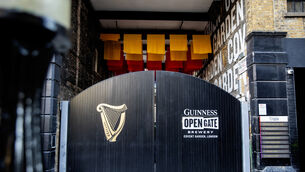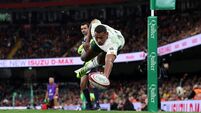US stocks head higher
Wall Street showed signs of confidence in the credit markets today, surging higher in response to a pullback in Treasurys and an increase in borrowing by banks.
Investors saw both trends as signs that the Federal Reserve’s efforts to loosen up the credit market might be working.
















